When it comes to purchasing a banjo, it’s crucial to understand that the cost can vary significantly depending on several factors. These factors include the make and model of the banjo, the quality of its craftsmanship, its age and condition, and the materials used in its construction.
For beginners who are seeking their first instrument, it’s important to find a banjo that strikes the right balance between affordability and quality. Look for entry-level models that offer good playability and sound without breaking the bank. On the other hand, seasoned musicians who are looking to upgrade may want to consider higher-end banjos that offer superior tonal characteristics and craftsmanship.
By understanding the various price ranges and key considerations when buying a banjo, you can make an informed decision that aligns with your budget and musical goals. Whether you’re just starting out or looking to take your banjo playing to the next level, this guide will help you navigate the options and find the perfect banjo for your needs.
How Much Should I Spend On My 1st Banjo
Know Where The Banjo Was Made, And By Who
The origin and maker of a banjo can significantly impact its cost, quality, and sound. Banjos made in the United States, particularly those handcrafted by well-known artisans, are typically of exceptional quality and have a higher price tag. These banjos are often favored by professional musicians for their superior sound and craftsmanship.
On the other hand, banjos manufactured in large quantities in countries like China or Indonesia are usually more budget-friendly, making them a popular choice for beginners or casual players. While these instruments might not have the same level of craftsmanship as their American handmade counterparts, many still offer good quality and great value for their price.
Knowing who made the banjo can help you understand its value too. Banjos created by renowned brands or luthiers are often sought-after for their precise construction, superior materials, and distinctive sound. However, they are usually priced higher. So, it’s important to research the banjo’s origin and maker to ensure you’re getting a good quality instrument that’s worth the price.
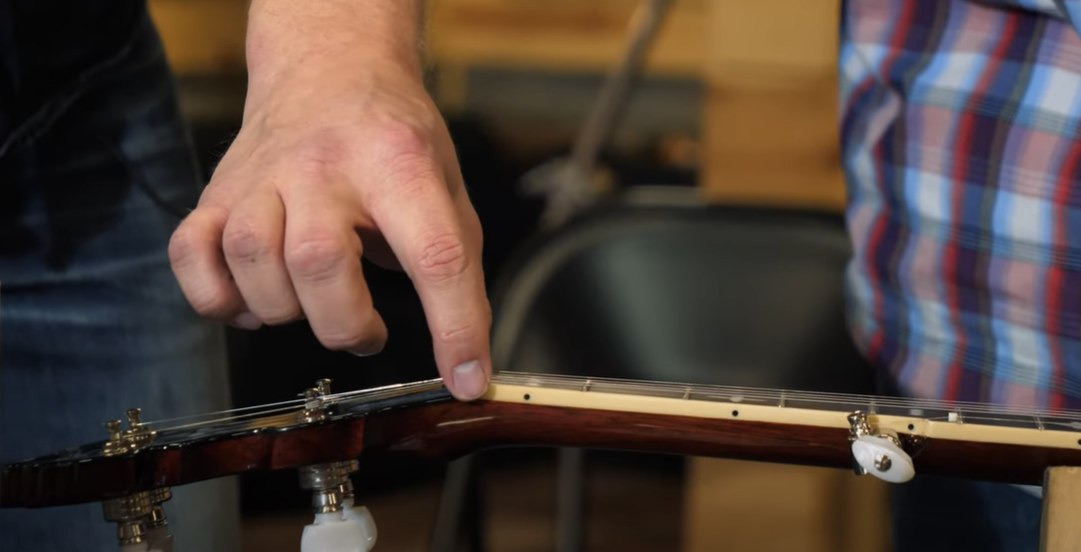
Don’T Judge A Banjo By It’S Cover
While aesthetics can certainly catch your eye, it’s important to remember that judging a banjo solely by its appearance may not give you the full picture. A flashy and eye-catching banjo might not necessarily outperform a more understated model. It’s true that the materials used for the shell, neck, and fretboard can have an impact on the sound quality, but the banjo’s overall construction and setup arguably have an even greater influence. So, when making your decision, pay close attention to the quality of the bridge, tailpiece, and tuning pegs as these components play vital roles in producing a well-rounded sound and maintaining tuning stability.
Lastly, don’t hesitate to seek advice from experienced players or music teachers. Their insights and expertise can be invaluable in guiding your purchase decision. They can offer valuable tips on what to look for in a banjo and what considerations to keep in mind based on your specific needs and preferences.
By taking these factors into account and considering these details, you can make a well-informed decision when choosing a banjo that suits you best.
Great Guitars Usually Means Not So Great Banjos
It’s a common misconception that companies known for manufacturing exceptional guitars would naturally produce high-quality banjos. While both are string instruments, the craftsmanship, materials, and techniques involved in their construction are markedly different.
Major guitar companies often venture into banjo production as a side endeavor, attempting to capitalize on their brand reputation. However, their lack of specialized knowledge and dedication in banjo craftsmanship can result in banjos that do not offer the same level of quality and sound as their guitars.
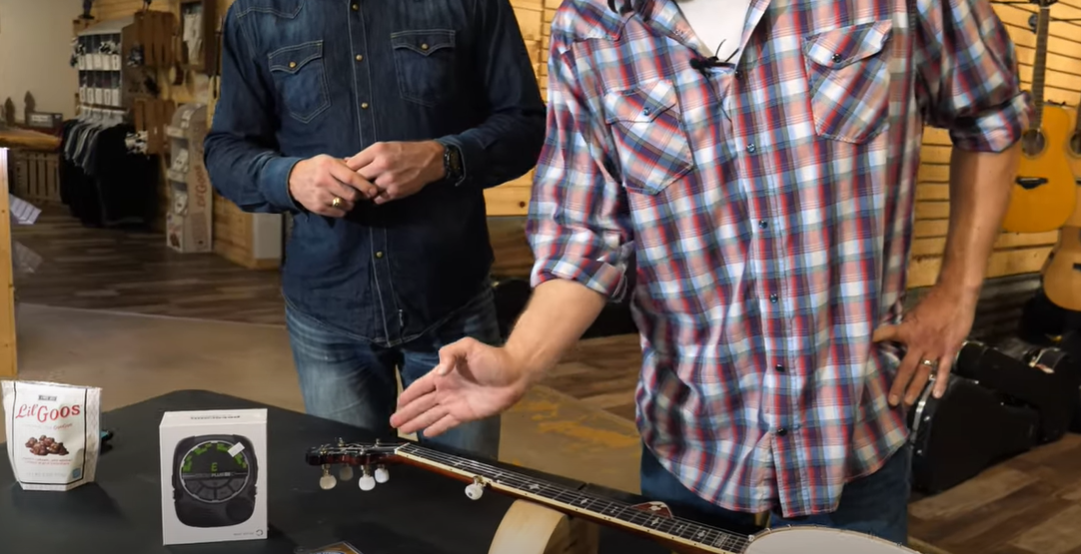
In contrast, manufacturers who specialize in banjos possess the expertise and commitment to quality necessary to create truly excellent instruments. They understand the intricacies of banjo construction and utilize premium materials and techniques to ensure optimal performance and tone.
Furthermore, it’s worth noting that banjos produced by major guitar companies may come with a higher price tag due to their established brand reputation in the guitar world. However, this reputation may not necessarily translate to their banjo offerings, making it essential to consider alternative manufacturers who prioritize banjo excellence.
By choosing banjos from manufacturers dedicated to the art of banjo making, you can be confident that you are investing in an instrument that is worth every penny. Their specialized knowledge, craftsmanship, and commitment to quality ensure that you will have a banjo that delivers exceptional sound and performance for years to come.
The Ideal Price Range
The ideal price range for a banjo largely depends on your level of expertise and what you’re seeking in terms of sound quality, craftsmanship, and overall value.
For beginners who are just starting their banjo journey, a banjo priced between $150 to $500 often suffices. These entry-level banjos offer good playability and decent sound quality to get you started on your musical exploration.
As you gain more experience and progress from being a novice to an intermediate player and beyond, you might want to explore higher-priced options. Banjos for intermediate or advanced players can range from $1,000 to $3,000, offering superior sound, impeccable craftsmanship, and greater durability. These mid-range banjos are designed to enhance your playing experience and provide a more nuanced and expressive sound.
For professional musicians who have honed their skills and demand the utmost quality, premium handcrafted banjos are the way to go. These top-tier instruments can cost upwards of $3,000, but they are worth the investment for their exceptional sound quality, unique character, and unparalleled craftsmanship. They are meticulously crafted by skilled artisans who pour their expertise and passion into every detail, resulting in instruments that are truly works of art.
However, it’s important to remember that the right banjo is one that fits your budget while also meeting your individual needs and preferences in terms of sound, playability, and comfort. Ultimately, it’s about finding the banjo that resonates with you and inspires you to create beautiful music.
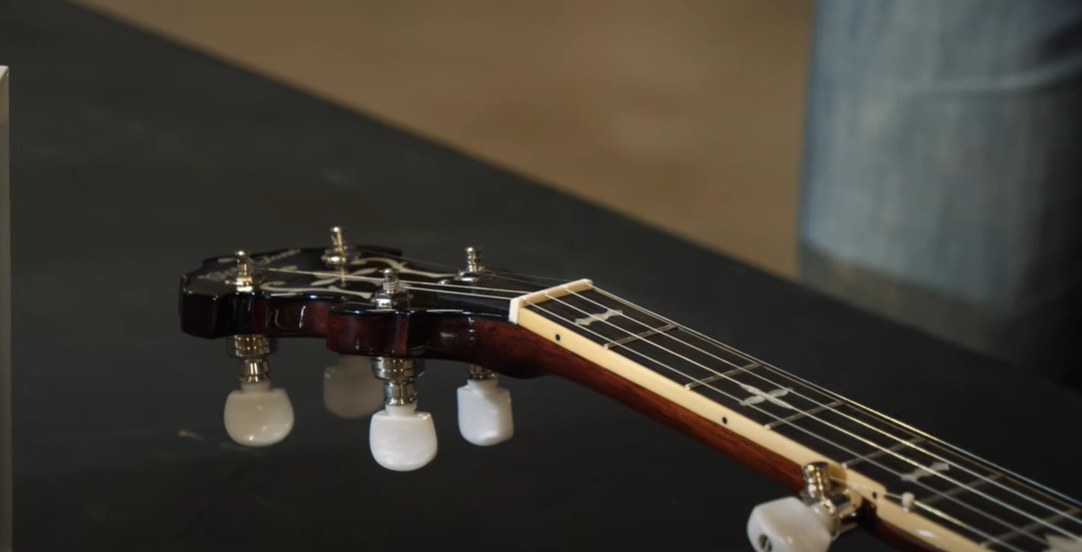
Should I Get Anything Else?
Once you’ve carefully selected your ideal banjo, it’s worth considering the additional accessories that can greatly enhance your playing experience and provide utmost protection for your beloved instrument.
First and foremost, a reliable and sturdy case or gig bag is an absolute essential for safely storing and transporting your banjo. Not only does it shield your instrument from external damage, but it also ensures that it remains in pristine condition, ready to be played whenever and wherever inspiration strikes.
In terms of comfort and ease of playing, you might also want to consider investing in a high-quality strap. A strap not only helps to securely hold the banjo while you play, but it also reduces strain on your arms and shoulders, allowing you to fully immerse yourself in the joy of making music.
If you plan on performing or recording with your banjo, pickups can be a valuable addition. These electronic devices allow you to amplify the sound of your banjo, ensuring that its rich and vibrant tones reach every corner of the room. Whether you’re performing on stage or recording in a studio, pickups offer unparalleled versatility and flexibility.
Moving on to other handy accessories, a tuner is an absolute must-have for any banjo player. It ensures that your banjo always sounds its best, helping you achieve perfect pitch and harmonious melodies with ease. Additionally, a capo can be a fantastic tool for changing the pitch and exploring different musical landscapes, opening up a world of creative possibilities.
For those who enjoy playing in different styles, finger picks are a valuable addition to your banjo toolkit. These small but mighty accessories allow for precise and controlled picking, enabling you to effortlessly navigate various genres and techniques.
Last but not least, taking care of your banjo’s maintenance and longevity is of utmost importance. Simple cleaning supplies such as a soft cloth and instrument polish can work wonders in maintaining its impeccable finish and prolonging its lifespan. Regular cleaning and maintenance not only keep your banjo looking and sounding its best, but they also contribute to its overall value and enjoyment for years to come.
While it’s true that these accessories do add to the overall cost, they are undoubtedly well worth the investment. The convenience, flexibility, and protection they provide are invaluable, ensuring that you have everything you need to fully express your musicality and cherish your banjo for years of joyous playing.[1],[2]
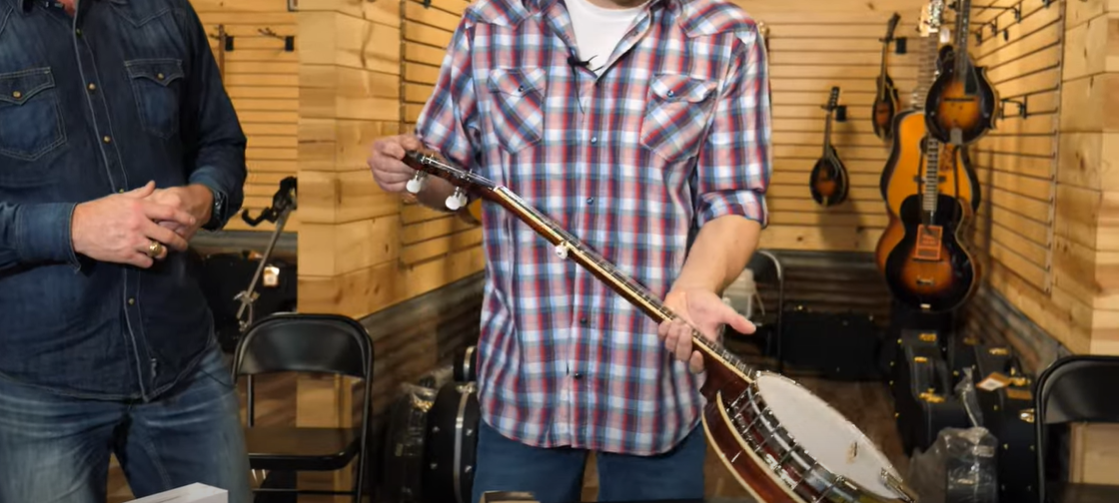
FAQ
How much do banjos cost on average?
The cost of a banjo can vary widely, depending primarily on factors such as its craftsmanship, brand reputation, materials used, and country of origin. On average, a beginner’s banjo will cost between $150 and $500. These banjos are generally mass-produced and offer decent quality for those just starting their banjo journey. They are designed to provide a solid foundation for learning and development.
For intermediate to advanced players seeking higher quality and better sound, the cost of a banjo increases. In this range, you can expect to find banjos priced between $1,000 and $3,000. These instruments are typically crafted with more attention to detail, offering enhanced playability, tone, and construction. They are tailored to meet the needs of more experienced players who demand a higher level of performance and expression.
For professional musicians who require the utmost in craftsmanship, sound, and character, premium handmade banjos are the top choice. These exceptional instruments can cost upwards of $3,000 or more. Each banjo is meticulously crafted by skilled artisans, resulting in a truly unique and sonically superior instrument. They are designed to inspire and captivate, enabling musicians to achieve their fullest potential.
It’s important to note that these price ranges are averages, and the actual cost of a banjo can vary based on specific features and customizations. Additionally, when considering the overall investment, it’s essential to include the cost of necessary accessories such as a case, strap, picks, stand, and maintenance supplies. While these additional items may slightly increase the total cost, they are essential for protecting and maintaining the banjo, ensuring a long-lasting and rewarding musical experience.
In conclusion, choosing the right banjo involves considering your skill level, musical aspirations, and budget. Whether you are a beginner, intermediate, or professional player, there is a banjo available that will suit your needs and provide a rich and fulfilling musical journey.
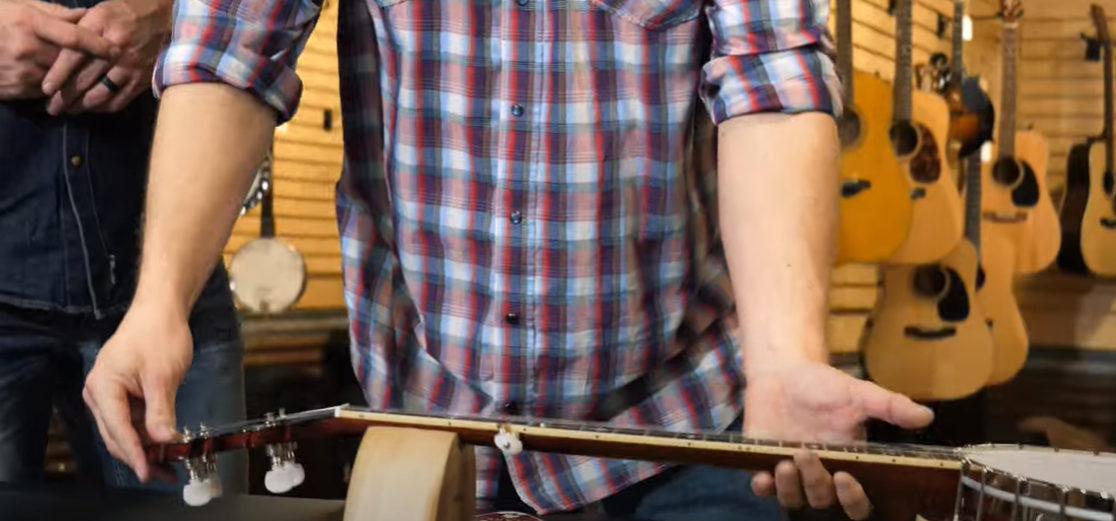
Is it hard to learn the banjo?
The difficulty of learning to play the banjo can vary based on several factors, including your musical background, the amount of time you can dedicate to practice, and your overall commitment to learning. If you already have experience with string instruments, such as the guitar or ukulele, you may find the transition to the banjo easier due to the similarity in playing techniques.
On average, with regular practice and dedication, it’s possible for a beginner to start playing simple songs within a few weeks. As you progress, you’ll discover the unique characteristics of the banjo, such as its distinct sound and the versatility it offers in different music genres like bluegrass, folk, and country.
While mastering the banjo can take years and requires continuous learning and refinement of your skills, the journey is immensely rewarding. The banjo allows for endless exploration and creativity, enabling you to express yourself through music in a way that is both satisfying and enjoyable.
Fortunately, there are numerous resources available to assist you in your banjo learning journey. In-person lessons with a skilled instructor can provide personalized guidance and feedback, while online tutorials offer the convenience of learning at your own pace. Additionally, self-teaching books and instructional materials can supplement your learning and help you develop a solid foundation.
It’s important to remember that everyone progresses at their own pace, so it’s crucial to remain patient and enjoy the process. Embrace the challenges as opportunities for growth and celebrate your accomplishments along the way. With consistent practice, a positive mindset, and a genuine love for making music, you’ll be able to unlock the full potential of the banjo and create beautiful melodies that resonate with both yourself and others.
What is a good banjo for a beginner?
For beginners embarking on their banjo journey, choosing the right instrument is crucial for a positive learning experience. A good beginner’s banjo should not only be easy to play, decent in sound quality, and reasonably priced, but it should also have some key features to enhance the learning process.
One popular choice among beginners is the Deering Goodtime 5-String Banjo. It offers a great balance between quality and price, making it an excellent option for those starting out. With its exceptional playability and a clear, vibrant sound, the Deering Goodtime banjo provides a solid foundation for beginners to develop their skills and explore various playing techniques.
Another banjo that is well-regarded for its affordability and decent sound is the Epiphone MB-100. Designed to be lightweight and easy to handle, the Epiphone MB-100 is a great choice for new learners. Its comfortable playability and reasonable price point make it an attractive option for beginners who want to dive into the world of banjo playing without breaking the bank.
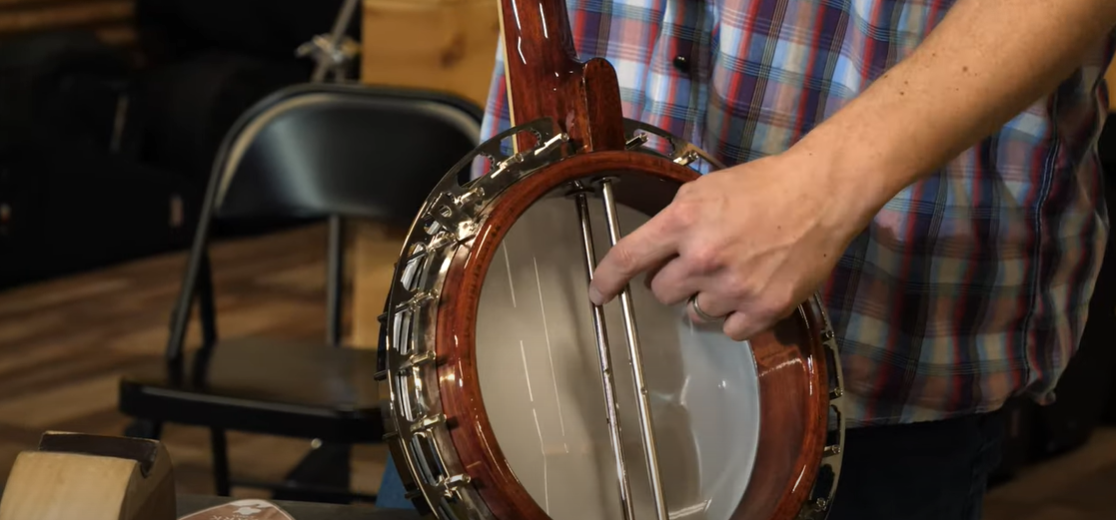
If you’re looking for rich tones and exceptional value for the price, the Jameson Guitars 5-String Banjo is worth considering. This banjo offers a warm and resonant sound that can inspire beginners to further explore their musical journey. With its solid construction and great sound quality, the Jameson Guitars banjo is a reliable choice for beginners who want a banjo that will grow with them as their skills progress.
While considering brands and prices is important, it’s crucial to find a banjo that feels comfortable to hold and play, and resonates with your personal taste in sound. Ultimately, investing in a good beginner’s banjo not only eases the learning curve but also keeps the budding musician inspired to continue their musical journey. So take your time, explore different options, and find the banjo that speaks to you and your musical aspirations.
How much does it cost to set up a banjo?
Setting up a banjo is a meticulous process that involves various crucial elements, such as carefully adjusting the bridge, meticulously tuning the strings to achieve the perfect pitch, precisely setting the tailpiece, and ensuring the ideal tension in the head. These steps are vital in attaining optimal sound quality and playability, allowing musicians to fully express their musicality and creativity.
When it comes to the cost of a professional banjo setup, it’s important to consider factors such as the complexity of the adjustments required and the rates charged by the skilled luthier or music store providing the service. On average, a standard banjo setup typically ranges from $50 to $100, offering a comprehensive and thorough adjustment that brings out the best in your instrument.
However, it’s worth noting that certain advanced adjustments or modifications may incur additional costs. For instance, if you opt to install a new bridge for improved tonal characteristics, adjust the neck relief for optimal playability, or replace the head for enhanced sound projection, the overall cost might increase accordingly. These specialized adjustments require expertise and precision to ensure the best possible outcome.
For those who are on a tight budget, learning to perform basic setup tasks at home can be a cost-effective alternative. However, it’s crucial to remember that a professional setup by an experienced banjo technician is highly recommended for achieving the most satisfactory results. A properly set up banjo not only plays and sounds better, but it can also greatly enhance your overall learning and playing experience, allowing you to fully immerse yourself in the world of this fascinating instrument.
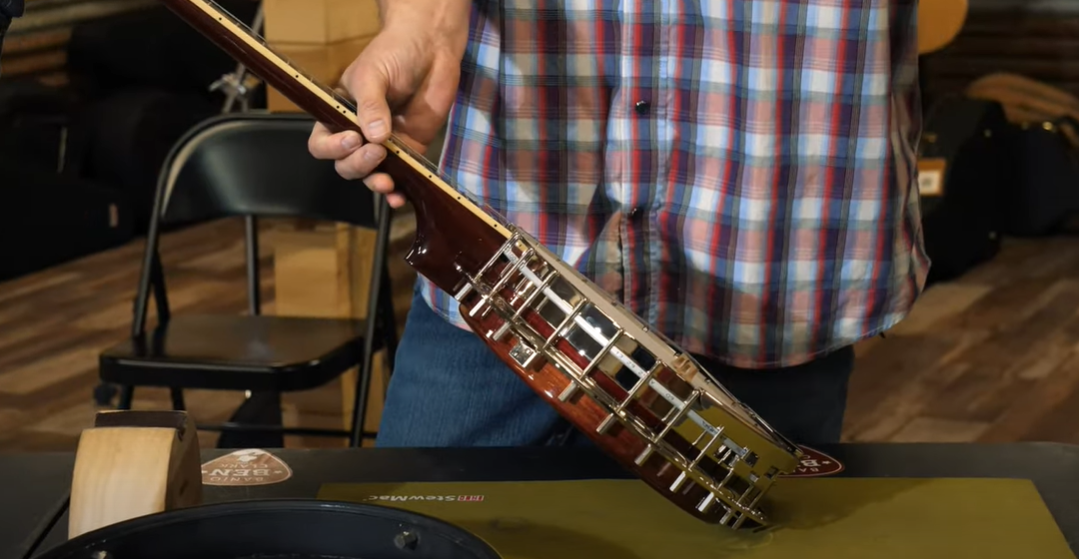
Is A banjo better than a guitar?
The question of whether a banjo is better than a guitar is subjective and largely depends on personal preference, musical interest, and intended use. Both the banjo and the guitar have unique qualities that make them appealing to different individuals.
The banjo, with its distinctive twang, is a staple in bluegrass and country music. Its resonating sound harkens back to the soul of America’s heartland, evoking images of open fields and rolling hills. The banjo’s bright and lively tone fills the air, transporting listeners to a time and place where the music is raw and authentic. With its open tuning, the banjo offers endless possibilities for chord voicings and strumming patterns, allowing players to explore a rich and textured sound that is uniquely their own. Its fewer strings may be seen as less daunting for beginners, providing a welcoming entry point into the world of stringed instruments.
On the other hand, the guitar is a versatile instrument that effortlessly adapts to a wide range of musical genres. Whether it’s the soulful melodies of blues, the intricate fingerstyle of classical music, or the driving power chords of rock and roll, the guitar can hold its own in any musical landscape. With its wider range of pitches compared to the banjo, the guitar offers greater flexibility in terms of chord progressions and scales, enabling players to create complex harmonies and melodic lines. The guitar’s standard tuning is often considered more intuitive, allowing aspiring musicians to quickly grasp the instrument and begin their musical journey with confidence.
Ultimately, the choice between a banjo and a guitar comes down to personal preference and the desired musical expression. It is recommended to try both instruments and explore their unique characteristics to discover which one resonates more deeply with your soul. Whether you find yourself captivated by the twangy and lively tones of the banjo or drawn to the versatility and expressive potential of the guitar, both instruments offer endless possibilities for musical exploration and self-expression. So go ahead, pick up that banjo or strum that guitar, and let the music guide your journey of artistic discovery.
Is A banjo louder than a guitar?
The volume of a banjo compared to a guitar can depend on several factors, including the type of each instrument, the materials used in their construction, and the specific playing techniques employed.
In terms of instrument types, there are various banjo styles such as open-back banjos, resonator banjos, and electric banjos, each producing different volume levels. Similarly, guitars come in different varieties like acoustic guitars, classical guitars, and electric guitars, each having distinct sound characteristics.
When it comes to construction, the materials used for the body, neck, and strings of both instruments can affect the volume they produce. For example, banjos with resonator backs tend to amplify the sound and make them louder compared to open-back banjos. Similarly, guitars made with solid wood tops tend to have better projection and volume compared to guitars made with laminate tops.
Furthermore, playing techniques, such as picking or strumming, can also impact the volume of both instruments. Picking styles like fingerpicking or clawhammer can produce a softer sound on the banjo, while aggressive strumming can result in a louder volume. On the guitar, techniques like palm muting or using a guitar pick can affect the perceived volume.
Overall, while it is generally true that banjos are louder than standard acoustic guitars, the specific volume can vary based on the aforementioned factors. The banjo’s design with a resonator and a tensioned membrane contributes to its characteristic loud and bright sound. On the other hand, guitars with hollow bodies produce a warm and resonant sound, albeit typically at a lower volume.
It’s important to note that electric guitars and bass guitars can be amplified to much higher volumes through the use of amplifiers and other audio equipment. This versatility allows for greater control over the volume in various musical settings.
Ultimately, the inherent loudness of the banjo is part of its charm, enabling it to stand out in ensemble settings, particularly in genres like folk, country, and bluegrass where it is most commonly used. The interplay between volume, tone, and playing style adds depth and character to the music, making both the banjo and guitar valuable instruments in their respective contexts.
Useful Video: What Banjo Should Beginners Buy? | Cheap Vs Expensive
Conclusion
Choosing to learn the banjo is embarking on a captivating journey into a rich tradition of music, notably associated with genres like bluegrass and country. The banjo’s distinctive sound, characterized by its lively twang and rhythmic resonance, adds a unique flavor to musical compositions.
When considering the cost of a banjo, it’s essential to take into account factors such as quality, brand, and whether it’s designed for beginners or seasoned players. While there are expenses associated with acquiring, setting up, and maintaining a banjo, the investment can significantly enhance the playing experience, allowing for greater versatility and creativity in musical expression.
Comparisons between the banjo and the guitar often spark discussions, but ultimately, personal preference plays a pivotal role. Each instrument possesses its own set of distinct qualities and applications, catering to different musical styles and tastes. Despite the banjo’s reputation for projecting a louder sound compared to the guitar, this unique characteristic contributes to its charismatic charm and distinctive presence in various musical ensembles.
Ultimately, the decision to learn the banjo should be fueled by a deep appreciation for its unique sound and the music genres it represents. Embracing the banjo as an instrument of choice opens up a world of rhythmic possibilities and a deeper connection to the rich tapestry of musical heritage.
References:
- https://banjo.com/how-much-should-you-spend-on-your-first-banjo/
- https://blog.deeringbanjos.com/how-much-does-a-banjo-cost-part-1




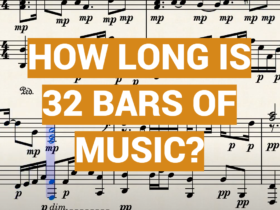
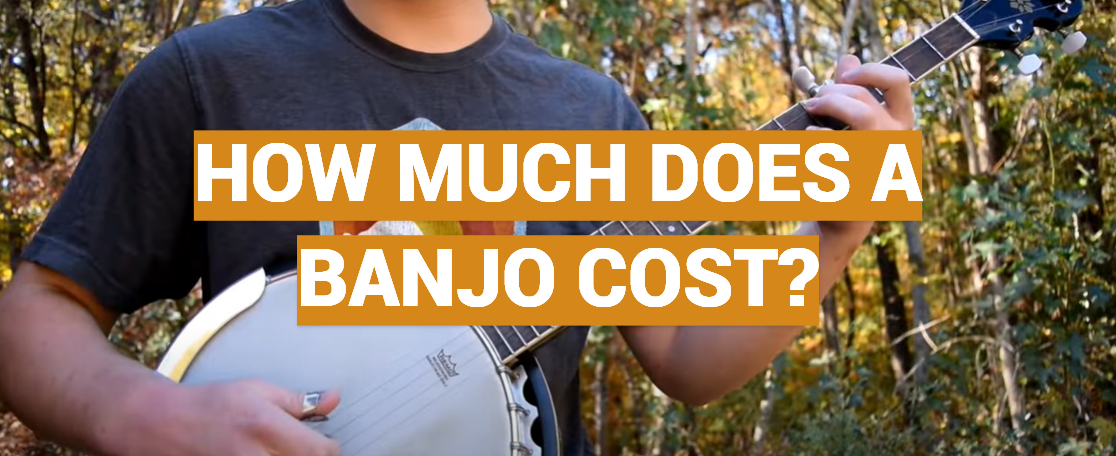
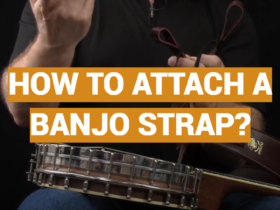
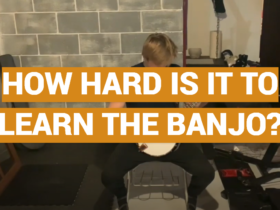
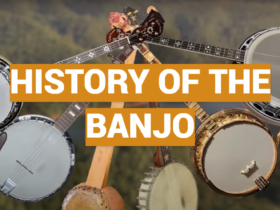

Leave a Reply